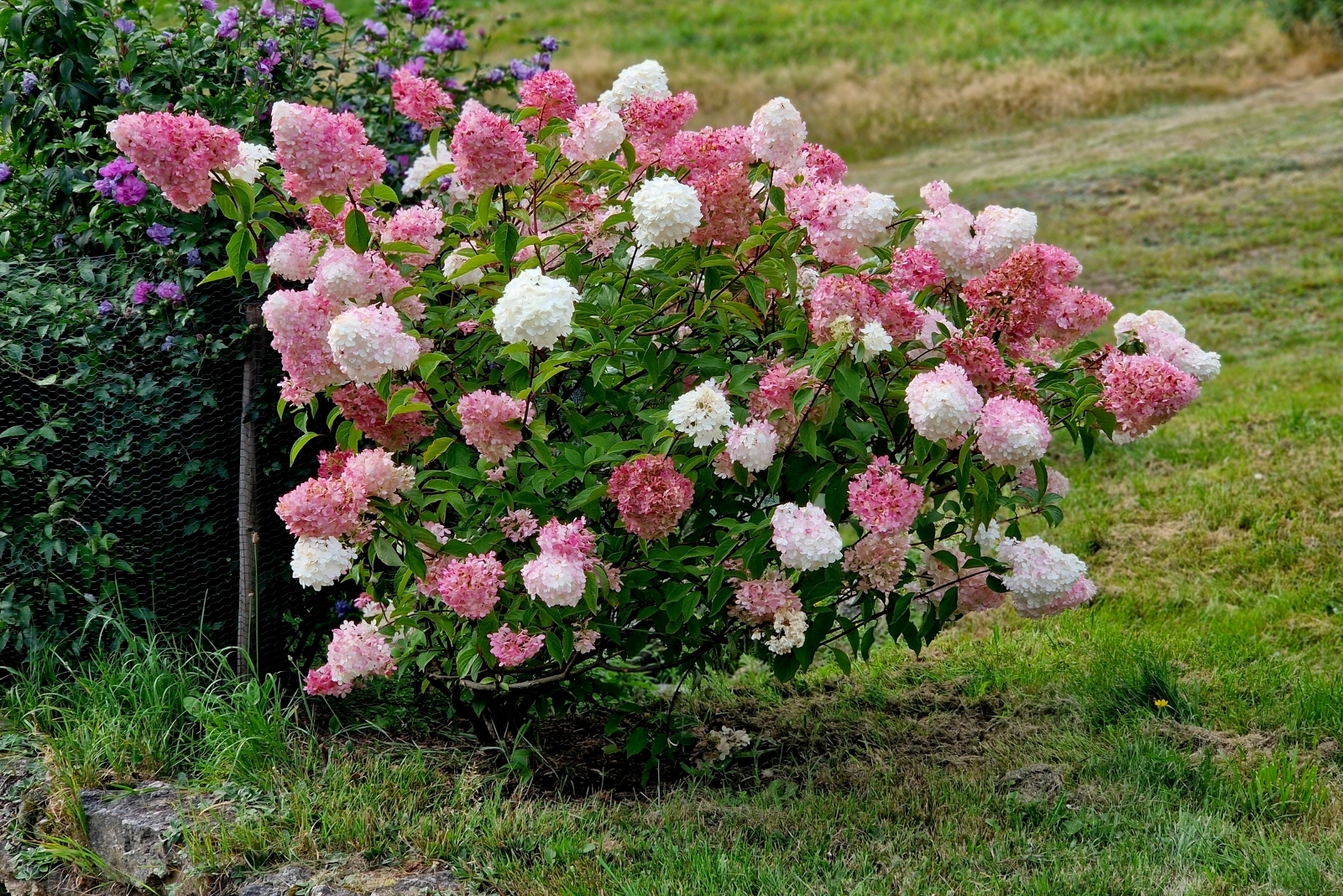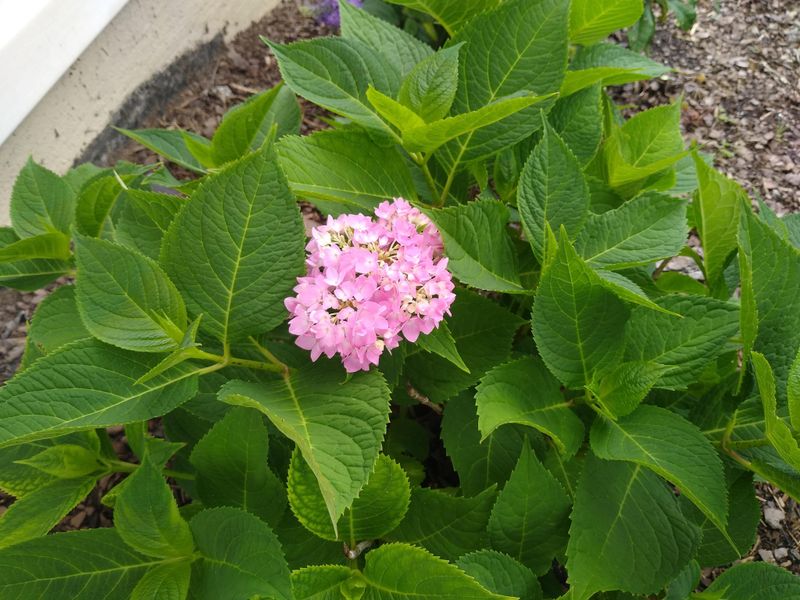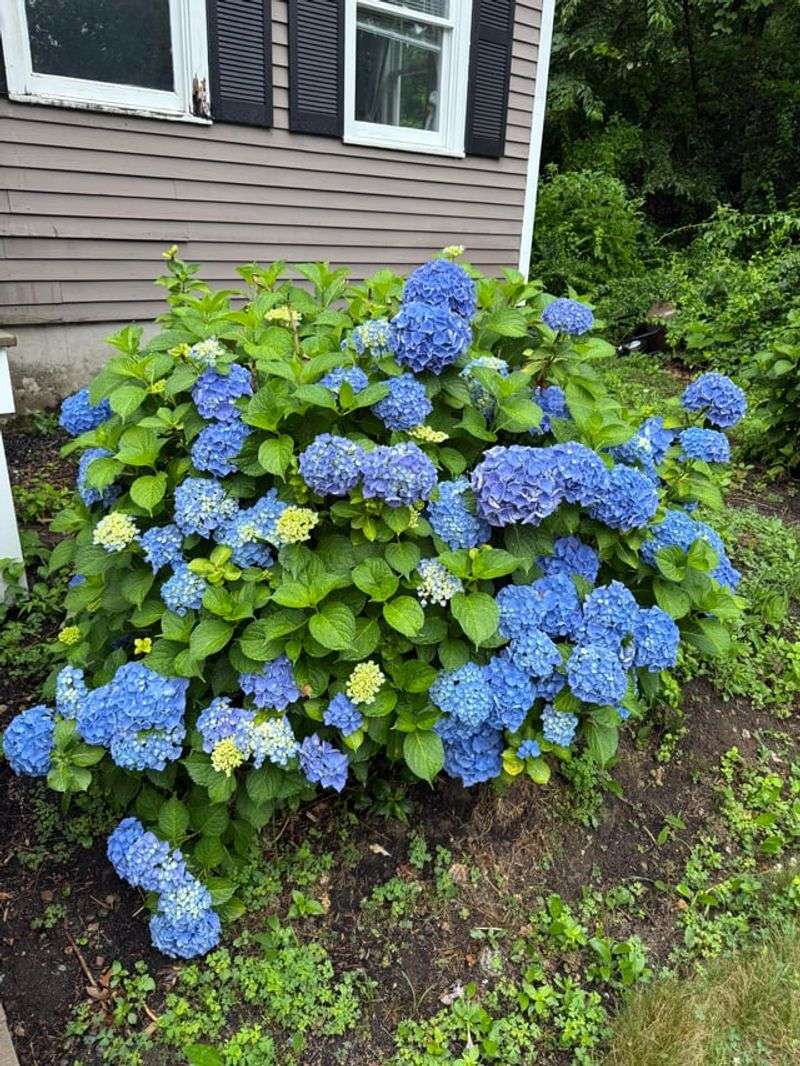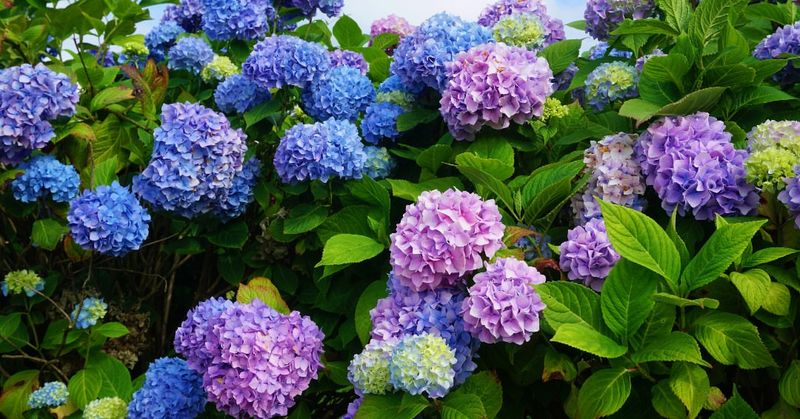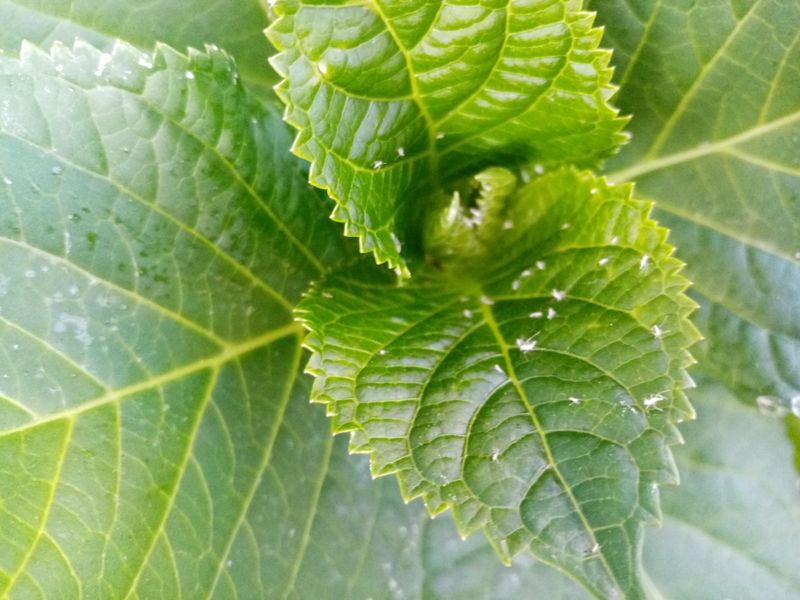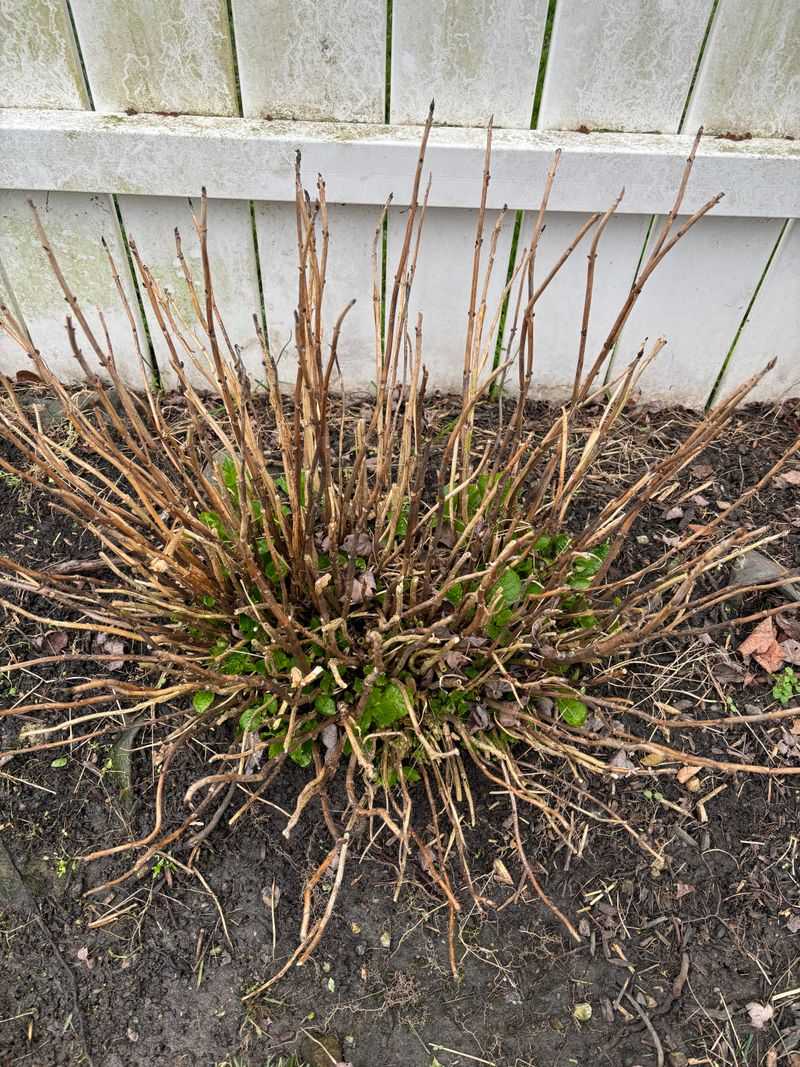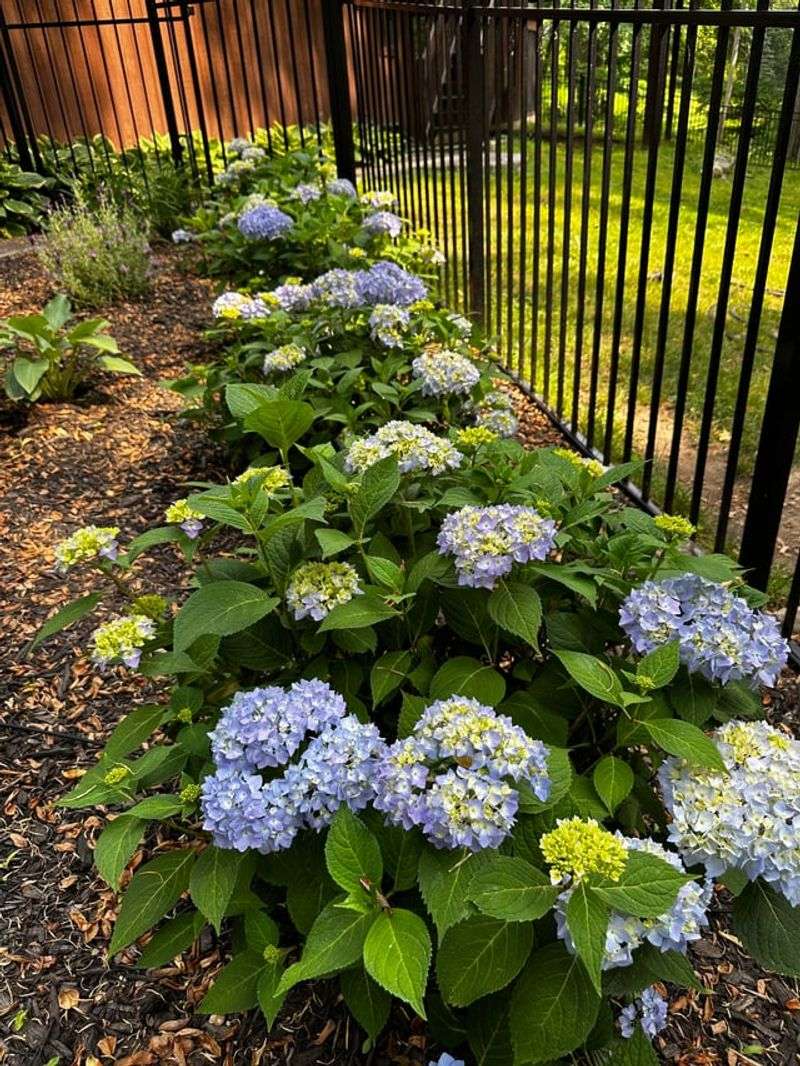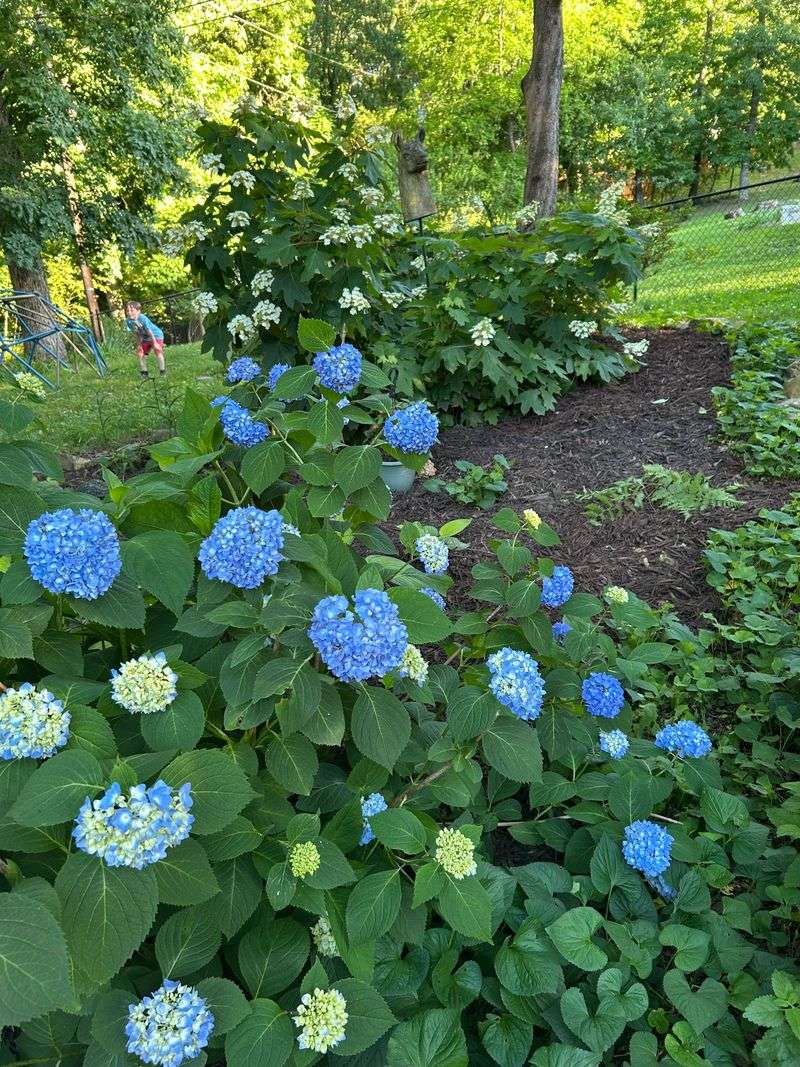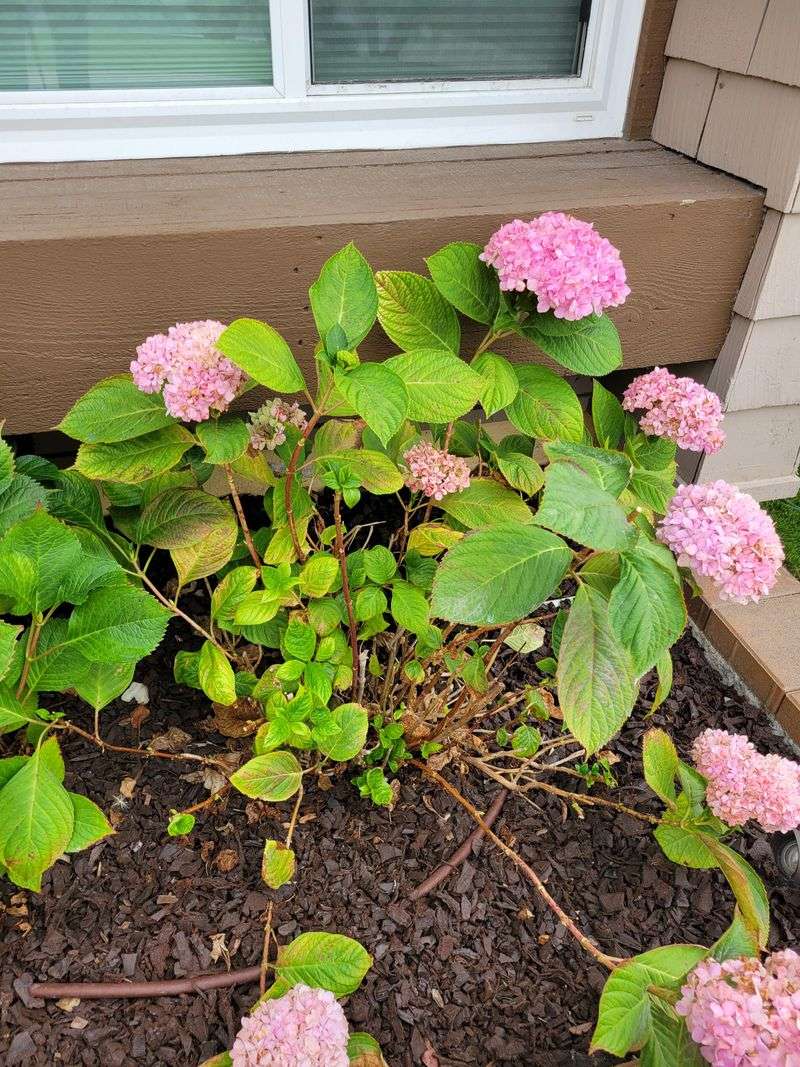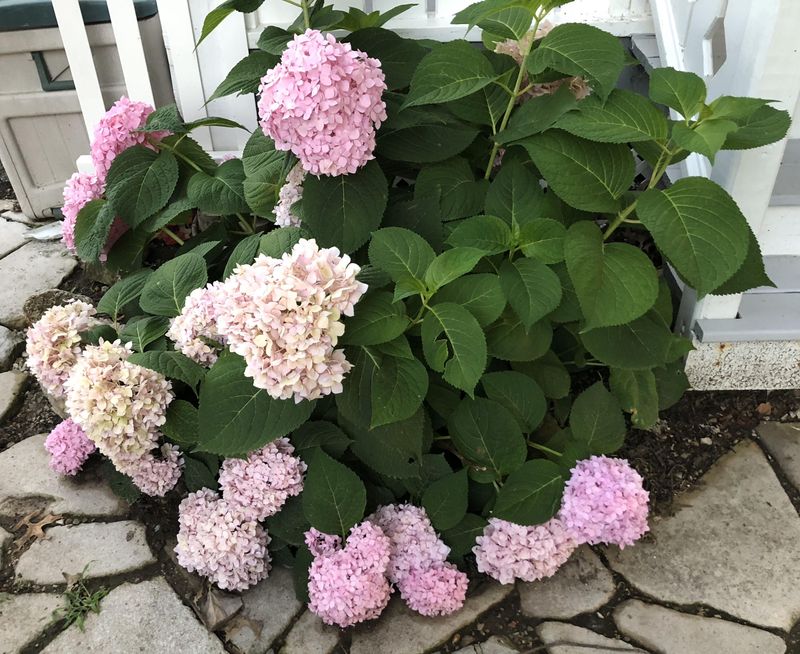Oklahoma’s weather can shift fast, and hydrangeas don’t always love surprises. A few quick tasks can protect them from sudden temperature swings.
Checking soil, trimming wisely, and adding mulch go a long way. Staying ahead now means healthier blooms later.
1. Test Your Soil pH Immediately
Hydrangeas are picky about soil chemistry, and Oklahoma’s naturally alkaline dirt can mess with your bloom colors big time. Getting a soil test done now tells you exactly what you’re working with before problems show up.
Most garden centers across Oklahoma sell affordable test kits that give results in minutes. Knowing your pH helps you decide whether to add sulfur for bluer blooms or lime for pinker ones, making all the difference in your garden’s appearance.
2. Mulch Around Plants Before Summer Heat
Oklahoma summers are brutal, and bare soil around your hydrangeas will dry out faster than you can water. A thick layer of mulch acts like a protective blanket that keeps roots cool and moisture locked in.
Apply three to four inches of organic mulch like pine bark or shredded leaves around each plant. Keep the mulch a few inches away from the stems to prevent rot, and your hydrangeas will thank you with healthier growth throughout the scorching season.
3. Install Shade Cloth for Afternoon Protection
Afternoon sun in Oklahoma can scorch hydrangea leaves and fade flowers faster than morning light. While these plants love sunshine, too much of a good thing causes wilting and brown edges that ruin their beauty.
Setting up shade cloth or planting near trees that block harsh afternoon rays gives your hydrangeas the perfect balance. Even a simple fabric screen on the west side of your plants creates enough relief to keep blooms vibrant and foliage fresh all summer long.
4. Check for Early Pest Invasions
Spring in Oklahoma brings out hungry aphids, spider mites, and Japanese beetles that love munching on tender hydrangea leaves. Catching these pests early means you can handle them before they multiply into a full-blown nightmare.
Inspect the undersides of leaves weekly and look for sticky residue or tiny holes. A strong spray from the garden hose knocks off many pests naturally, while insecticidal soap handles tougher infestations without harsh chemicals that harm beneficial insects.
5. Prune Dead Wood Right Away
Oklahoma’s unpredictable winter freezes can kill off hydrangea branches, leaving dead wood that steals energy from healthy growth. Removing these brown, brittle stems now directs the plant’s resources toward producing gorgeous new flowers instead.
Use clean, sharp pruners to cut dead branches back to where you see green tissue or healthy buds. Don’t worry about cutting too much—hydrangeas in Oklahoma bounce back quickly once you clear away the damaged parts that were holding them back from their full potential.
6. Set Up Consistent Watering Systems
Inconsistent rainfall across Oklahoma means your hydrangeas might get drenched one week and parched the next. These plants hate drought stress, which causes droopy leaves and disappointing blooms that never reach their full size.
Installing a soaker hose or drip irrigation system delivers steady moisture directly to roots without wasting water on leaves. Aim for about one inch of water weekly, adjusting based on Oklahoma’s weather patterns to keep your hydrangeas consistently happy and hydrated.
7. Apply Balanced Fertilizer Now
Spring feeding gives Oklahoma hydrangeas the nutritional boost they need for explosive growth and abundant blooms. Waiting too long means missing the critical window when plants are hungriest for nutrients to fuel their seasonal comeback.
Choose a balanced slow-release fertilizer with equal nitrogen, phosphorus, and potassium numbers like 10-10-10. Spread it around the drip line of each plant following package directions, then water thoroughly to help nutrients soak into Oklahoma’s soil where roots can grab them up quickly.
8. Protect Against Late Frost Damage
Oklahoma’s weather loves throwing curveballs, and late spring frosts can zap tender new hydrangea growth overnight. Those promising buds and fresh leaves turn black and mushy when temperatures unexpectedly drop below freezing after warm spells.
Keep frost blankets or old sheets handy to drape over plants when forecasts predict cold snaps. Even cardboard boxes work in a pinch to shield vulnerable growth, helping your Oklahoma hydrangeas avoid setbacks that delay blooming by weeks or even months this season.
9. Divide Overcrowded Clumps Promptly
Hydrangeas that have been growing in the same Oklahoma spot for years eventually become crowded, with stems competing for space, water, and nutrients. Dividing them now rejuvenates the plants and gives you extras to spread around your yard or share with neighbors.
Dig up the entire root ball and use a sharp spade to split it into sections with at least three stems each. Replant divisions immediately at the same depth they were growing, water generously, and watch them establish quickly in Oklahoma’s spring conditions.

